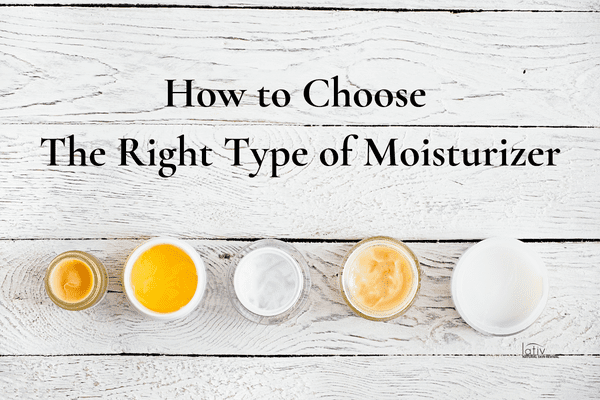
Lotions, Cream, Balms & Serums: What’s The Difference?
Buying a moisturizer might seem simple, but for some, it’s not. With so many brands and variations of products, how do you choose what to use, especially when there are multiple skin issues to contend with.
No matter what kind of skin you have, you need to moisturize daily, from head to toe, especially in the winter. Skin is our shield and moisturizing will keep it healthy, hydrated, soft, smooth, and supple. As Wellness Advocates with a strong belief in prevention, moisturizing keeps skin healthy while reducing the likelihood of further damage.
So how do you know which moisturizer is best for your skin? Here are some straightforward guidelines, tips, and strategies to help choose. The right moisturizer that will keep your skin healthy and glowing.
MOISTURIZING 101
When looking for a skin moisturizer or treatment, you’ll typically come across five main types of products: lotions, creams & butters, balms & salves, ointments, and serums. Different ratios of water, oil, butter, and waxes give these substances unique textures, which can have some effect on the product’s intended purpose.
To put it another way, the choice between them might depend on the skin concern you want to address. The same product may not be the best option for all of your skin care needs. Plus, since some of these products have heavier textures than others, your overall skin type is another important consideration.
MOISTURIZING LOTIONS
Moisturizing lotions have a greater percentage of water in the formula and are usually thinner in consistency. When applied to skin, they spread easy, absorb quickly, and feel very light. Most facial moisturizers fall into this category. Lotions work for all skin types and are usually a better choice during the summer months when the air is hot and humid.
MOISTURIZING CREAMS & BUTTERS
Creams are heavier than lotions and typically formulated with half water and half oils. They can also include butters such as cocoa, mango or shea. Moisturizing creams are less greasy than a balm, salve, or ointment and easy to spread over a large area.
A cream is most beneficial to those with normal and dry skin or conditions such as eczema or psoriasis. Everyone can benefit by using a cream especially on areas of the body that tend to be drier such as feet, knees, hands, elbow, and eye skin. We recommend using a cream over a lotion during the cold, dry winter months for additional hydration.
A body butter is similar to a cream but usually has a higher percentage of butters (shea, mango, kokum, cocoa) to oils. The biggest difference is the texture, but they can be used just like a cream.
Our Top Picks:
BALMS, SALVES & OINTMENTS
Balms and salves do not contain water and are made with a wax (beeswax or carnauba, a plant wax). Wax is used to form a barrier that helps to protect skin and lock in moisture. Rich oils, extracts, and some therapeutic healing and repair ingredients are usually included. Ointments, on the other hand, are made with 80% oil and 20% water.
We highly recommend using wax-based products on skin that is red, raw, rash, chapped, or open wounds. They work best on scraps, bug bites, stings, and burns. They can also be used to prevent chapped skin during the cold winter months. Moisturizers that contain water will sting when applied to skin with any of these conditions. Once the skin has healed you can switch back to a lotion, cream, or butter.
Our Top Picks:
SERUMS
When it comes to buying a serum, there are oil-based and water based. Our serums are oil-based. Oil based serums are applied on top of or after a cream or lotion. They provide your skin with added moisture because they are formulated with a higher concentration of active ingredients for added emollience.
This makes them a great instrument for targeting specific skincare concerns such as severe dry skin, rosacea, acne, psoriasis, eczema, wrinkles, skin discoloration, hair loss, dandruff, and so much more.
Our Top Picks:
ADDITIONAL SKIN CARE TIPS
- Moisturize after every shower and every evening before your head hits the pillow. Skin is most receptive to repairing itself from damaged caused by daily aggressors at night.
- Know your skin. Certain areas of the body have fewer sebaceous glands and require added moisturization; under eye skin, around lips, elbows, knees and feet and hands.
- In the summertime or in hot humid climates, use a lightweight lotion as a daytime moisturizer and a cream or butter at nighttime. For dry cracked heels or skin conditions that need repair and healing, use a balm at nighttime.
- During the drier winter months or in dry climates switch over to a cream or butter for daytime and nighttime. Again, for dry cracked heels or skin conditions that need repair, use a balm at nighttime to restore, repair and heal the surface.
- For skin that is naturally dry, choose a cream or butter for both day and nighttime application.
- How does your skin feel? Pay attention to how your skin feels and increase the application accordingly. If it’s itchy or feels taut and tight, apply it more often.
- Repair creams and balms. More is better when it comes to repair and healing. Generally, we instruct our clients to apply these every day and as often as necessary to relieve pain and discomfort and to naturally repair and heal the surface.
Because our products are made with natural ingredients, they are safe to use as often as necessary. Always apply after showering and before your head hits the pillow. Once skin has repaired or healed, switch to a cream or lotion and use your repair products several times a week as a maintenance option.
- Eczema and Psoriasis. We suggest using a thick cream such as Neem Cream that is formulated with therapeutic oils and butters to bring instant relief to the pain and irritation.
For skin that is cracked, split, chaffed, or has with sever scales, we recommend ProCure Eczema & Psoriasis Relief Balm. This incredible balm protects the skin while it locks in moisture (seals the surface with wax) to repair and heal the skin. Once the skin has healed, you can switch to our Neem Cream.
Written By: Mary Ellen Wank, Wellness Advocate and Founder of LATIV, Natural Skin Revival DISCLAIMER
Recommended Articles:
Eyelid Dermatitis (Eczema) Symptoms, Cause & Treatment
How To Choose and Use a Facial Serum
7 Reasons to Start Using a Facial Cleansing Mask
The Benefits of Using A Facial Scrub
December 28, 2022 7:08 am
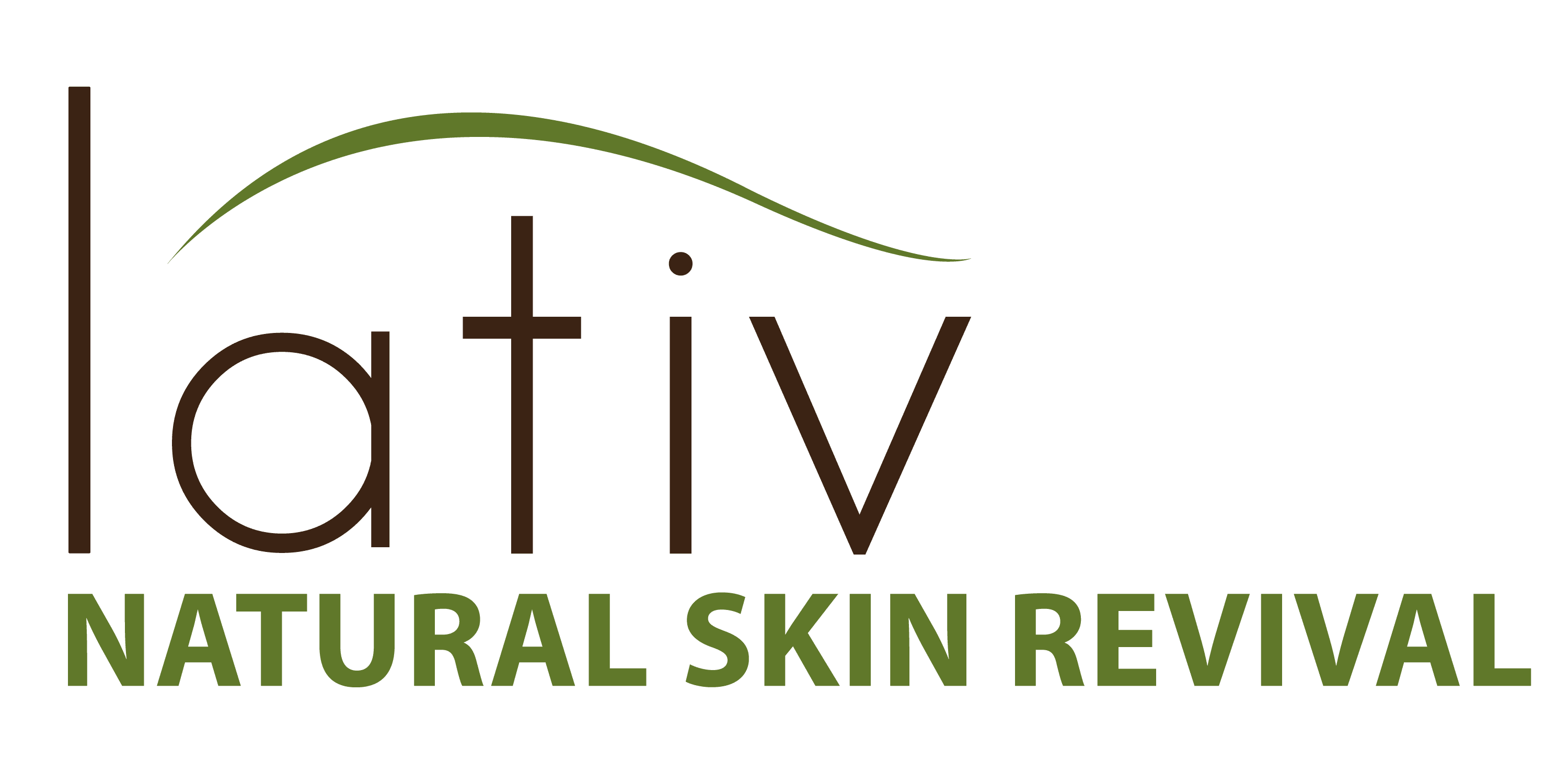

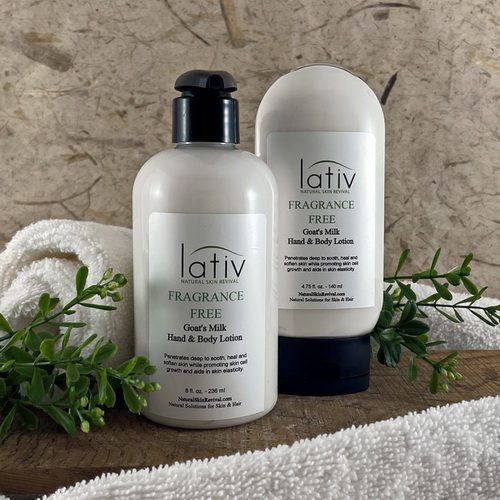
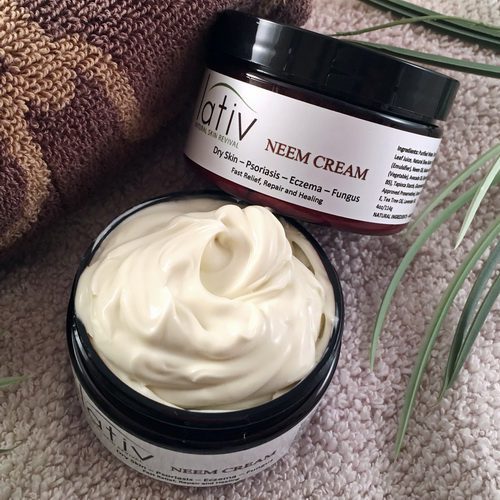
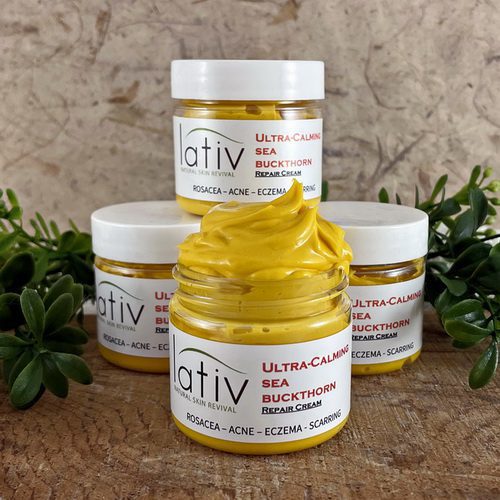
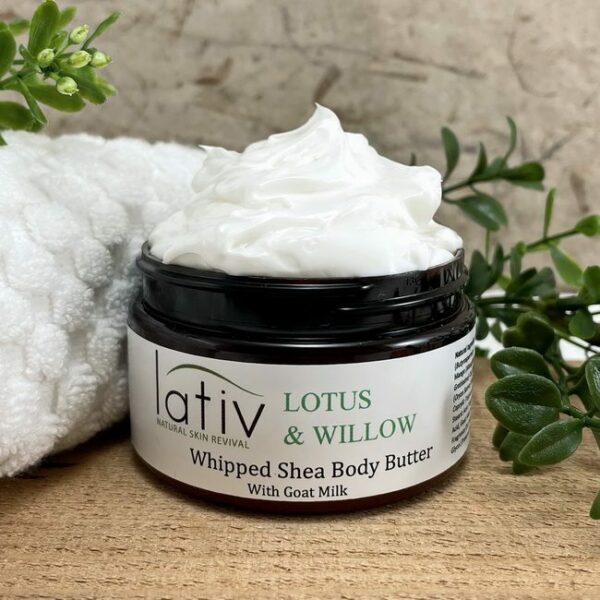
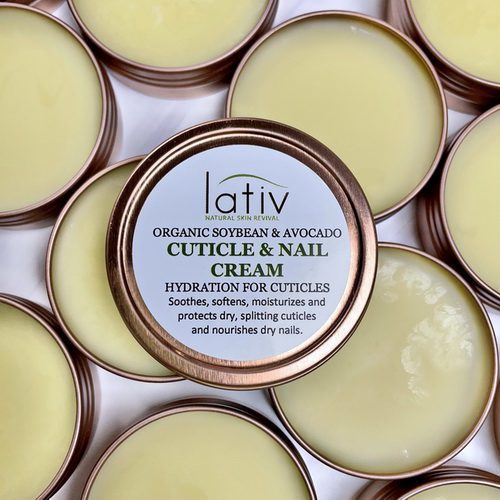
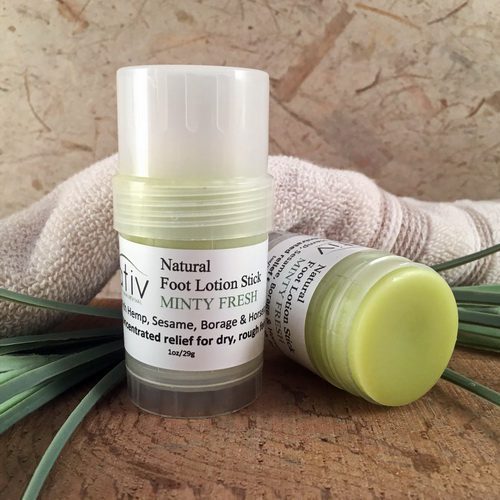
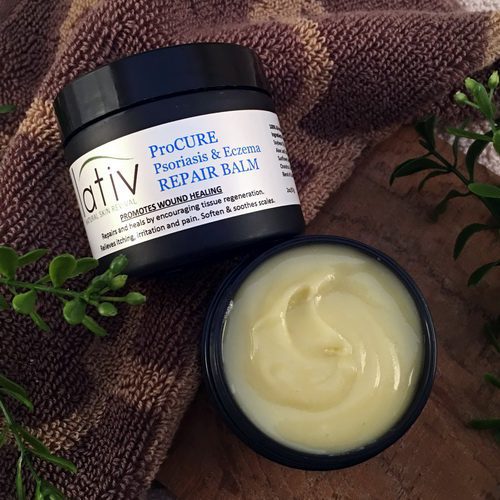
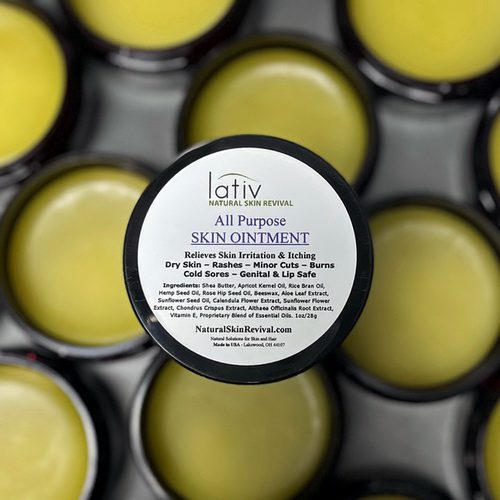
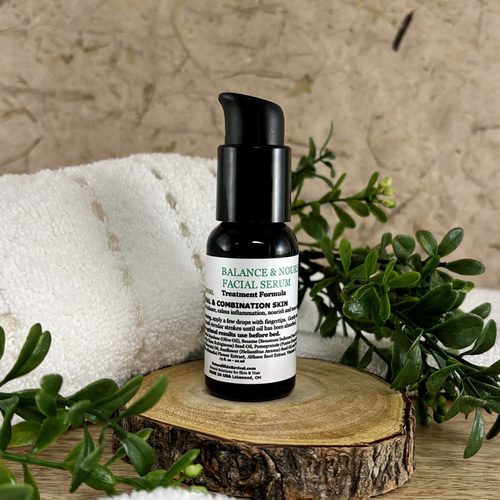
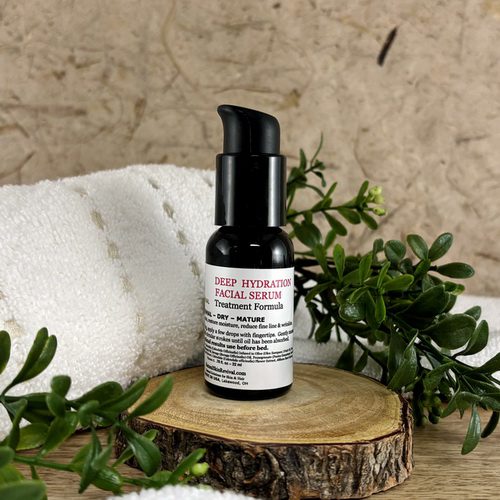
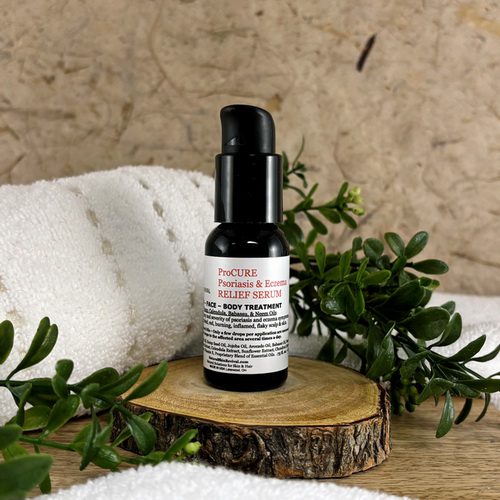
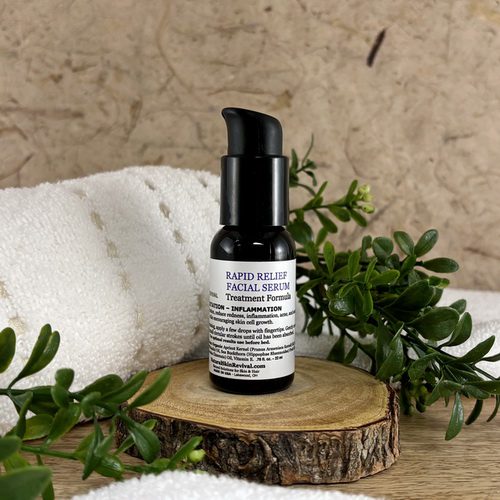
Comments are closed here.